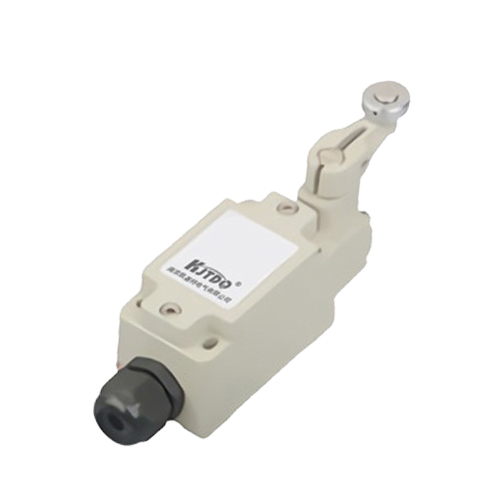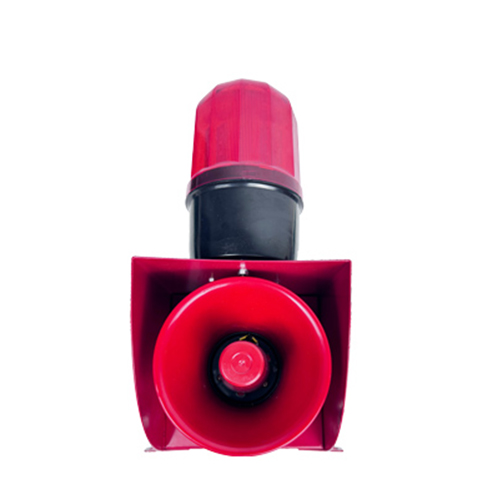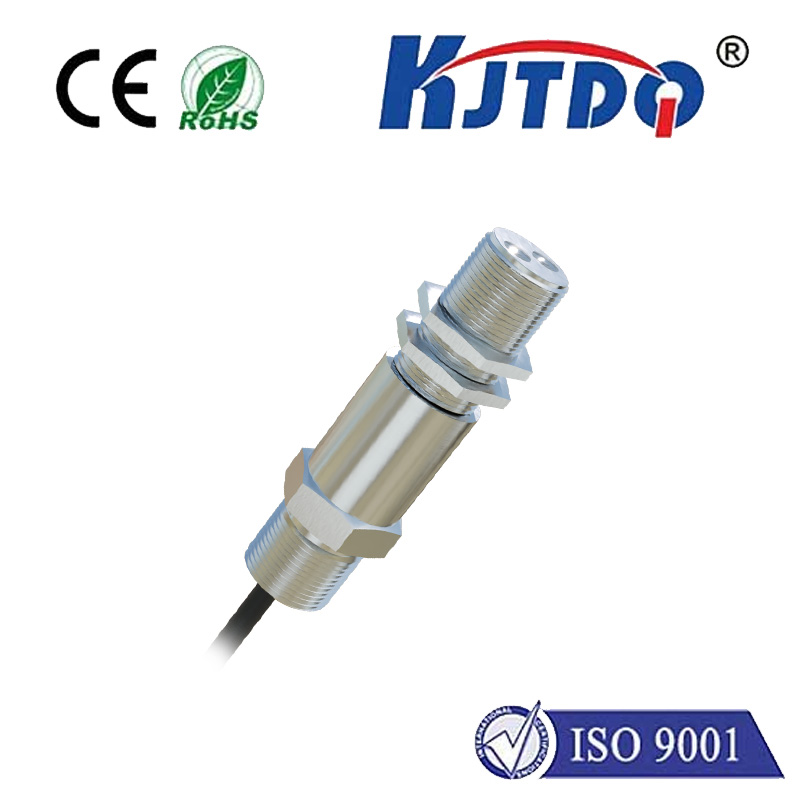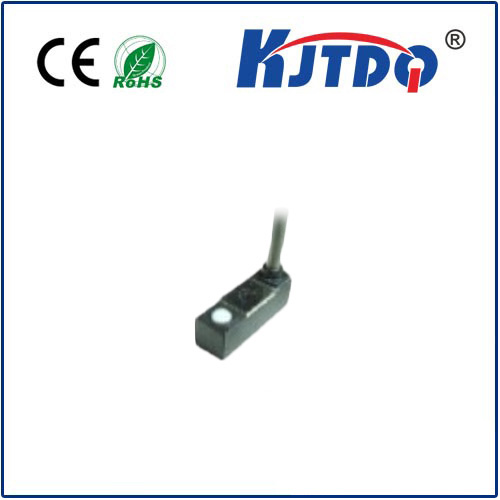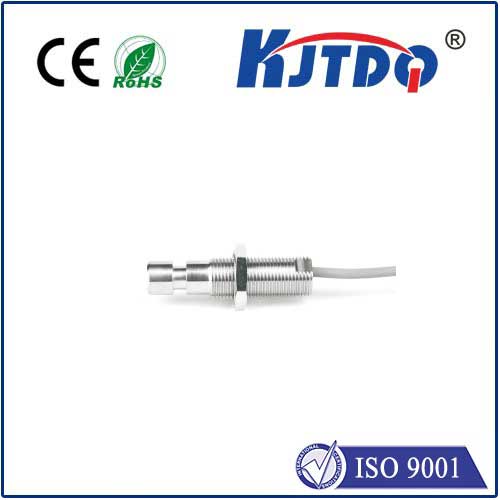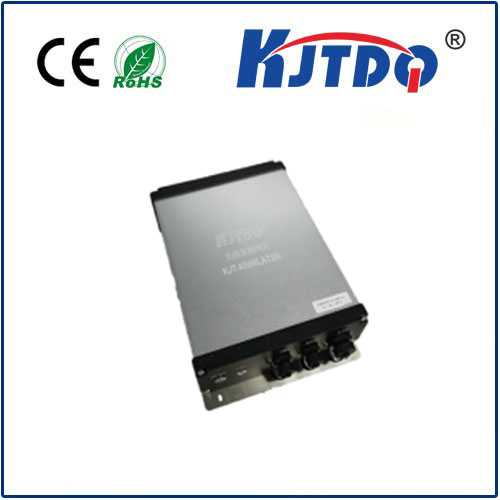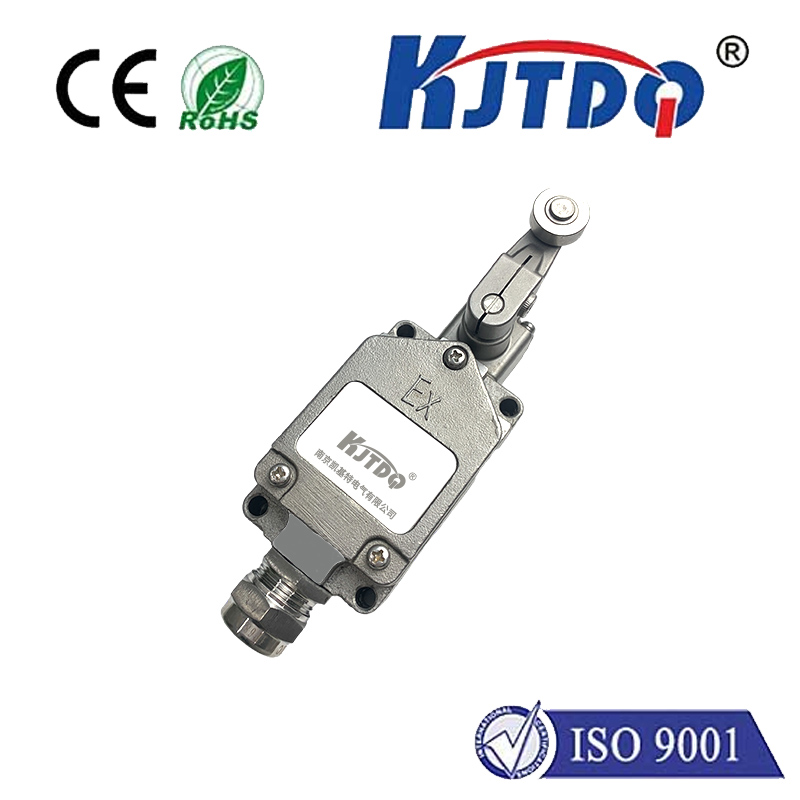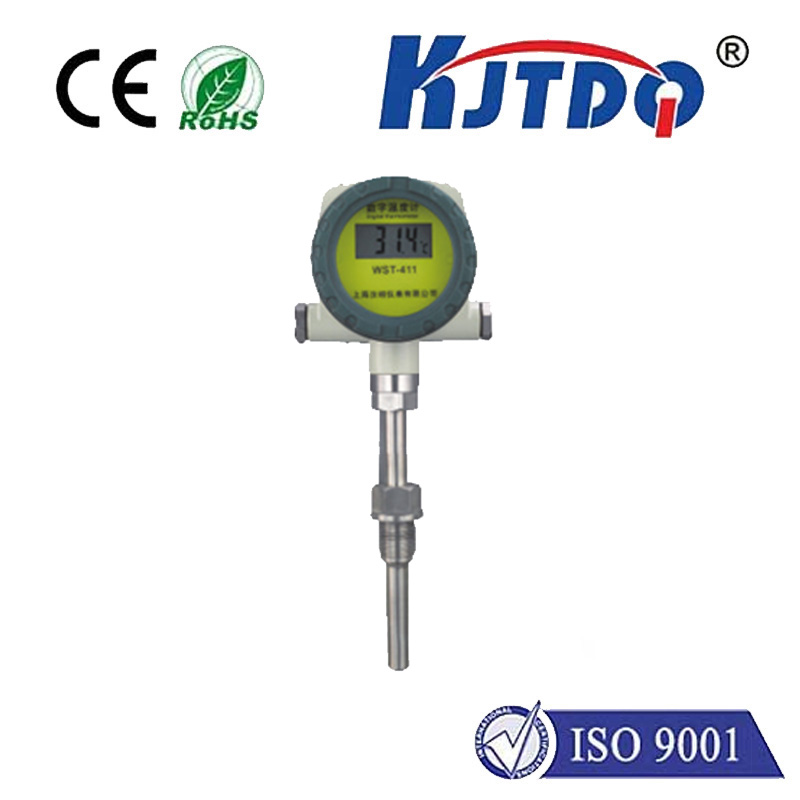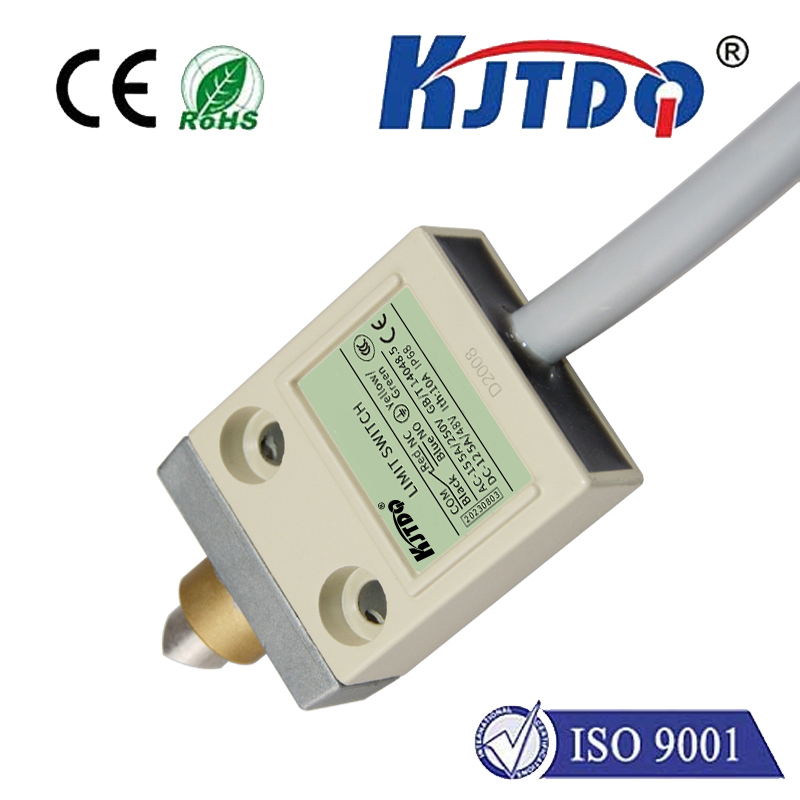бесконтактный датчик приближения
- time:2025-07-06 01:30:30
- Нажмите:0
Beyond Touch: How Non-Contact Proximity Sensors Power Modern Automation
Imagine walking through automatic sliding doors at a grocery store – they sense your approach and open seamlessly. Or consider a high-speed production line where robotic arms place components with millimetric precision, just avoiding collision, guided by unseen sentinels. These everyday marvels and countless industrial feats rely on the invisible magic of non-contact proximity sensors.
Unlike mechanical switches or tactile sensors requiring physical touch, non-contact proximity sensors detect the presence, absence, distance, or position of an object without any physical connection. They achieve this by emitting a field (electromagnetic, electrostatic, or optical) and monitoring how that field is disturbed by a target object within their detection zone. This fundamental principle unlocks immense advantages, making them indispensable in countless applications demanding efficiency, reliability, and gentleness.
The Core Technologies Behind the Detection
Several distinct technologies power the diverse world of non-contact proximity sensors, each suited to specific materials and environments:

- Inductive Sensors: These sensors generate an oscillating electromagnetic field. When a metallic object enters this field, it induces eddy currents within the metal, causing a detectable change in the sensor’s oscillation. Key strengths include ruggedness, reliability in harsh industrial environments (resistant to dust, oil, vibration), and insensitivity to non-metallic objects. They are ubiquitous in manufacturing for detecting metal parts, position verification, and counting.
- Capacitive Sensors: These operate by generating an electrostatic field. Any object (metallic or non-metallic – plastic, wood, glass, liquid, granular materials) entering this field alters its capacitance. This change triggers detection. Their ability to sense almost any material makes them invaluable for level detection in tanks (liquids, powders), detecting filled packages on conveyor belts (even through thin walls), or presence detection of non-metallic objects. Sensitivity adjustment is often a critical feature.
- Photoelectric Sensors (Optical Proximity): Utilizing light beams (usually infrared, visible red, or laser), these sensors detect the presence or absence of an object based on the interruption (through-beam), reflection (retro-reflective), or diffuse reflection (diffuse) of the light beam. They offer very long sensing ranges, high precision, and the ability to detect extremely small objects or see through transparent materials depending on the model. Applications range widely, from object counting on high-speed lines to position control and bottle fill level detection.
- Ultrasonic Sensors: These emit high-frequency sound waves and measure the time it takes for the echo to return after bouncing off a target object. They excel at distance measurement and can detect virtually any material (sound reflects off most surfaces). Common uses include level sensing in bulk material silos, pallet detection in warehouses, parking assistance systems, and even robotics for obstacle avoidance.
- Magnetic Sensors (Reed Switches/Hall Effect): Designed specifically to detect the presence of a permanent magnet. When the magnet approaches, it either closes a reed switch (a hermetically sealed mechanical contact) or triggers a Hall effect IC (solid-state). Known for extremely low power consumption and reliability in specific contexts, they are often used for door/window position sensing in security systems or detecting cylinder positions in machinery.
Why Choose Non-Contact Sensing?
The advantages of eliminating physical contact drive the widespread adoption of these sensors:
- Zero Wear & Tear: No moving parts and no physical impact mean dramatically extended operational lifespans and drastically reduced maintenance costs compared to mechanical switches. Reliability is paramount in continuous operation.
- High Speed & Precision: Detection happens instantaneously upon an object entering the sensing field, enabling use in high-speed automation where mechanical switches would simply be too slow. Precise positioning is also achievable, especially with photoelectric and ultrasonic sensors.
- Gentle Handling: For delicate objects like glassware, electronics, or packaged goods, avoiding physical contact prevents damage, scratching, or contamination. Non-contact sensing is essential for gentle material handling.
- Robust Operation: Sealed housings make many proximity sensors (especially inductive and capacitive) highly resistant to dust, dirt, moisture, oils, and chemicals prevalent in industrial settings. They thrive where mechanical contacts would fail.
- Многогранность: The range of technologies ensures there’s a solution for detecting almost any material (metal, plastic, wood, liquid, powder, people) in diverse environments (factories, labs, outdoors). Flexible object detection is a key strength.
Pervasive Applications: Where You Find Them Every Day
The reach of non-contact proximity sensors is vast:
- Промышленная автоматизация: The undisputed powerhouse application. Used for object detection on conveyors, position verification of parts in machines, end-of-travel limits for actuators, part counting, rotary encoder feedback, and robotic guidance/collision avoidance. Inductive and photoelectric sensors dominate here.
- Автомобильная промышленность: From anti-lock braking systems (ABS) using inductive sensors to detect wheel speed, to parking sensors (ultrasonic), keyless entry/ignition systems (inductive/capacitive detecting key fob proximity), and position sensing in transmissions and throttle bodies.
- Consumer Electronics & Appliances: Smartphone proximity sensors (usually capacitive or IR optical) turn off the screen during calls. They enable faucets, soap dispensers, hand dryers, and activate features on appliances like touchless controls.
- Building Automation & Security: Automatic doors rely on microwave or PIR sensors. Occupancy detection for lighting/HVAC control uses PIR. Window/door contact sensors often use magnetic reed switches. Intruder detection systems utilize various proximity technologies.
- Material Handling & Logistics: Level sensing in silos/tanks (capacitive, ultrasonic), pallet detection (ultrasonic, photoelectric), conveyor belt object counting/sorting, and automated guided vehicle (AGV) obstacle avoidance.
- Medical Devices: Ensuring precise positioning in imaging equipment, detecting vial/liquid presence in analyzers, and enabling touchless interfaces in hygiene-critical environments.
Selecting the Right Sensor: Key Considerations
Choosing the optimal non-contact proximity sensor requires careful evaluation:
- Target Material: Is it metal? (Inductive). Plastic, liquid, wood? (Capacitive). Any solid object? (Photoelectric/Ultrasonic). Specific magnet? (Magnetic). This is often the primary filter.
- Required Sensing Distance: How far away does the sensor need to detect the object? Through-beam photoelectric offers the longest ranges. Inductive sensors are typically short-range (
- Operating Environment: Consider temperature extremes, dust, moisture, oils, chemicals, vibration, and potential electromagnetic interference. IP ratings indicate ingress protection levels (dust/water resistance).
- Output Type: Does the application need a simple on/off switch signal (PNP/NPN transistor output common), an analog output (e.g., 4-20mA, 0-10V proportional to distance), or a digital communication interface (IO-Link is increasingly common for smart sensors)?
- Size and Mounting Constraints: Physical space limitations around the detection zone often dictate sensor size and shape.
The evolution of non-contact proximity sensing continues, driven by demands for greater precision, smaller sizes, lower power consumption, and enhanced intelligence. Integration with Industrial IoT (IIoT) platforms via communication protocols like IO-Link allows sensors to provide not just state information but also diagnostic data, predictive maintenance insights, and easier configuration. Smart position detection capabilities are becoming the benchmark. As automation and touchless interactions become ever more pervasive, these silent, reliable sentinels will remain fundamental in making the seemingly effortless function flawlessly. From the factory floor to your smartphone, they are the unseen force

